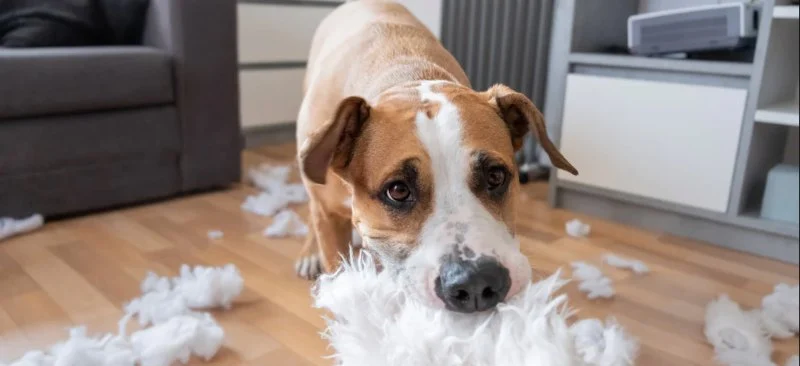
Redirecting Destructive Chewing in Puppies
- 1 - Why Do Puppies Chew?
- 2 - Understanding Puppy Chewing Habits
- 3 - Effective Techniques to Redirect Chewing
- 4 - Case Study: Helping Max Overcome Destructive Chewing
1 - Why Do Puppies Chew?
Puppies are naturally curious creatures, and chewing is a normal part of their development. While it can be frustrating for pet owners, it’s important to understand that chewing helps puppies explore their environment and teething is an inevitable phase of puppyhood. However, when this chewing becomes destructive, it can cause damage to furniture, shoes, and other household items.
1.1 Teething Stage
Just like human babies, puppies experience teething, which can make them feel the urge to chew on objects to relieve discomfort. During this stage, it’s common for puppies to chew on furniture, shoes, or anything they can find to soothe their gums.
1.2 Exploration and Learning
Chewing also plays a significant role in a puppy’s learning process. Puppies use their mouths to explore the world around them, which is why they often chew on various items. This behavior is natural and helps them learn about their surroundings. However, as puppies grow, it’s important to teach them appropriate items to chew on.
1.3 Lack of Stimulation
If a puppy is left alone for long periods without enough physical and mental stimulation, they may turn to chewing as a way to entertain themselves. Lack of exercise or boredom is a common cause of destructive chewing, as the puppy may be seeking attention or an outlet for excess energy.
2 - Understanding Puppy Chewing Habits
To address destructive chewing, it’s important to understand the root cause of your puppy’s behavior. Recognizing the signs and knowing when it’s time to step in can help prevent long-term issues.
2.1 Normal Chewing vs. Destructive Chewing
Normal chewing is typically directed toward appropriate objects such as chew toys or bones. Destructive chewing, on the other hand, involves chewing on things that can cause damage to the home, such as electrical cords, furniture, or personal belongings. Understanding the difference is key to managing the behavior.
2.2 Age-Appropriate Chewing
Puppies are more likely to chew during the teething phase (typically between 3 and 6 months of age), and this behavior often reduces as they mature. However, if chewing continues beyond the teething phase, it could be a sign of boredom, anxiety, or lack of proper training.
2.3 Attention-Seeking Behavior
Some puppies chew simply to get attention from their owners. This type of behavior may occur when a puppy feels neglected or wants interaction, even if it’s negative attention. If your puppy only chews when you’re home, it might be trying to get you to notice it.
3 - Effective Techniques to Redirect Chewing
Redirecting destructive chewing is possible with consistent training and positive reinforcement. Here are some effective techniques to help stop your puppy from chewing on inappropriate objects:
3.1 Provide Proper Chew Toys
One of the simplest ways to redirect chewing is to provide appropriate chew toys. Choose durable, safe toys designed for puppies, such as rubber toys or nylon bones. The goal is to give your puppy a satisfying alternative to chewing on household items. Be sure to rotate the toys to keep your puppy interested.
3.2 Use Bitter-Tasting Sprays
Bitter-tasting sprays can be applied to furniture, shoes, or other items that your puppy likes to chew on. These sprays make the objects unappealing to your puppy and help discourage them from chewing on those items. Just be sure the spray is safe for pets and won’t damage your belongings.
3.3 Increase Exercise and Mental Stimulation
Excess energy is one of the leading causes of destructive chewing. Ensure your puppy is getting enough exercise and mental stimulation. Daily walks, playtime, and puzzle toys can help expend their energy in a positive way. Engaging your puppy’s mind with interactive toys or training sessions can also prevent boredom-driven chewing.
3.4 Reinforce Positive Behavior
Whenever your puppy chews on the right things, be sure to offer praise and treats. Positive reinforcement encourages your puppy to repeat the desired behavior. Conversely, if your puppy starts chewing on something inappropriate, gently redirect them to their chew toys and reward them when they use them.
3.5 Manage Separation Anxiety
Separation anxiety is another common cause of destructive chewing in puppies. If your puppy chews excessively when left alone, it may be experiencing anxiety. To address this, gradually increase the time your puppy spends alone in a safe space, and provide toys or calming products like pheromone diffusers to help reduce stress.
4 - Case Study: Helping Max Overcome Destructive Chewing
Max, a 6-month-old Labrador Retriever, was a notorious chewer. His owner, Lisa, had tried various methods to stop the behavior, but Max would often chew on furniture, shoes, and even electrical cords. Lisa realized that Max’s chewing had become a way for him to cope with boredom and anxiety.
4.1 Identifying the Root Cause
After consulting with a trainer, Lisa realized that Max was not getting enough exercise, and his energy was being redirected into destructive chewing. He also had separation anxiety when Lisa left the house, which contributed to his chewing on furniture.
4.2 Implementing Solutions
Lisa began providing Max with more exercise, including daily walks and regular playtime. She also introduced puzzle toys to stimulate his mind and reduce boredom. For Max’s separation anxiety, Lisa used a calming pheromone diffuser in his crate and gradually increased the time he spent alone. Over time, Max’s chewing decreased significantly.
This case shows that with patience and proper intervention, destructive chewing can be redirected. By providing appropriate chew toys, addressing boredom, and managing anxiety, Max learned to focus his energy on more productive behaviors.
To help your puppy with chewing issues, check out Pet & Puppy for a variety of chew toys, calming products, and training resources to make your puppy’s life and your home more harmonious.



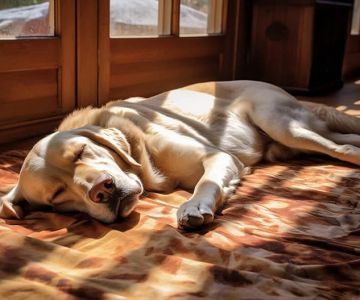


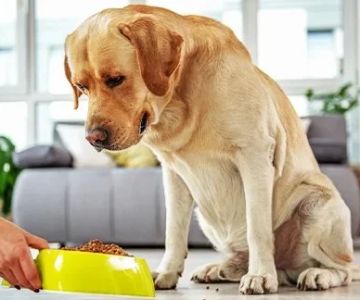

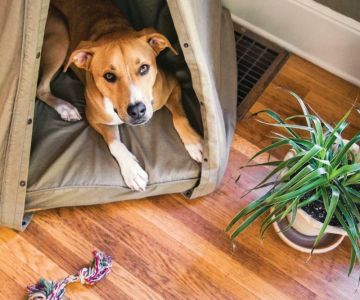
 Princeton Veterinary Hospital4.0 (821 reviews)
Princeton Veterinary Hospital4.0 (821 reviews) Thomas Ridge Kennels4.0 (17 reviews)
Thomas Ridge Kennels4.0 (17 reviews) All Creatures Animal Hospital4.0 (354 reviews)
All Creatures Animal Hospital4.0 (354 reviews) Fatty Paws Pet Boutique0.0 (0 reviews)
Fatty Paws Pet Boutique0.0 (0 reviews) CityVet | Lone Mountain Veterinary & Urgent Care4.0 (104 reviews)
CityVet | Lone Mountain Veterinary & Urgent Care4.0 (104 reviews) Petnificent Picks5.0 (1 reviews)
Petnificent Picks5.0 (1 reviews)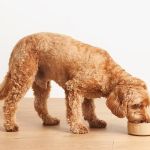 How to Transition a Senior Pet to Easier-to-Eat Food: A Comprehensive Guide
How to Transition a Senior Pet to Easier-to-Eat Food: A Comprehensive Guide The Hidden Dangers in Common Pet Supplies: What You Need to Know
The Hidden Dangers in Common Pet Supplies: What You Need to Know Managing Chronic Conditions in Pets: Essential Diet, Medication & Lifestyle Tips
Managing Chronic Conditions in Pets: Essential Diet, Medication & Lifestyle Tips How to Build a Pet Emergency Kit: Essentials You Need
How to Build a Pet Emergency Kit: Essentials You Need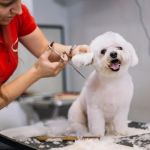 Best Practices for Pet Grooming Frequency by Breed: Keeping Your Pet’s Coat Healthy
Best Practices for Pet Grooming Frequency by Breed: Keeping Your Pet’s Coat Healthy The Effect of Seasonal Allergies on Pets & How to Help
The Effect of Seasonal Allergies on Pets & How to Help